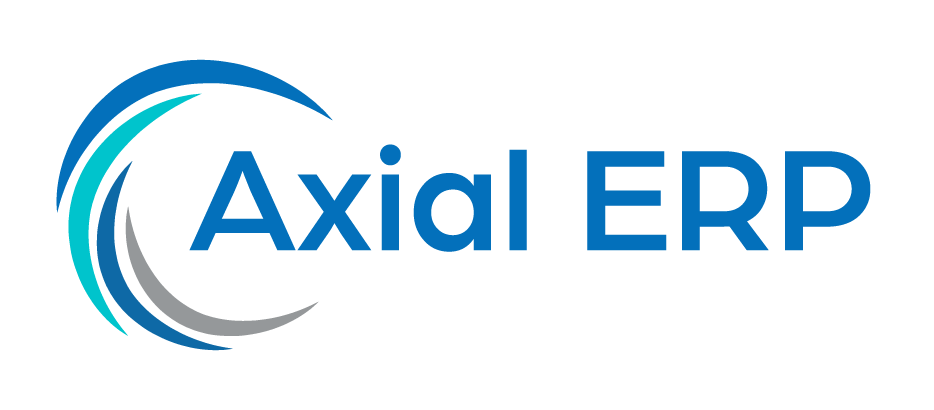Achieving Unified Reports in Multi-Entity Organizations with ERP
In an increasingly complex and globalized business world, multi-entity organizations face the challenge of consolidating their financial and operational information efficiently. The key to overcoming this obstacle lies in the implementation of Enterprise Resource Planning (ERP) systems. These platforms allow for the unification of reports and a comprehensive view of the business, which is essential for strategic decision-making.
What is an ERP and how does it facilitate report unification?
An ERP is an integrated software system that manages and automates many of the business processes related to a company’s operations and production. The main purpose of an ERP is to provide a centralized database that allows different business units of a multi-entity organization to work in a coordinated and efficient manner.
Report unification within an ERP is achieved because all the information is centralized and can be accessed in real time by different departments. This eliminates the need to manually consolidate data from different sources, reducing errors and saving valuable time.
Benefits of an ERP for report unification
- Data consistency: Having a single source of truth ensures that all generated reports are consistent and reliable.
- Improved decision-making: With up-to-date and accurate information, leaders can make decisions based on real data, not assumptions.
- Cost and time reduction: Automating report consolidation reduces the need for resources dedicated to these tasks.
- Flexibility and scalability: ERPs adapt to the changing needs of the company, allowing for the addition of new entities or the adaptation of reports without complications.
- Transparency and compliance: Facilitates compliance with financial regulations and offers greater transparency to auditors and stakeholders.
Challenges in implementing an ERP for unified reporting
Despite its benefits, implementing an ERP is not without challenges. Among the most common are resistance to change by employees, the complexity of migrating data from old systems, and the need for proper training to use the new system.
Best practices for ERP implementation
- Detailed planning: Before implementing an ERP, it is crucial to conduct a thorough analysis of the company’s needs and design a detailed implementation plan.
- Training and support: Investing in training and providing ongoing support to users is essential to ensure a successful transition.
- Change management: Develop a change management strategy to facilitate staff adaptation to the new processes.
- Selection of a suitable ERP: Choose an ERP system that fits the organization’s characteristics and scale.
- Testing and adjustments: Conduct comprehensive system testing before full implementation and be willing to make adjustments as necessary.
Conclusions
The implementation of an ERP to achieve unified reports in multi-entity organizations is a process that brings multiple benefits and some challenges. However, with proper planning and a strategic approach, companies can overcome these obstacles and make the most of the advantages offered by this technology. Ultimately, a well-implemented ERP translates into greater operational efficiency, better strategic decisions, and a sustainable competitive advantage in the market.



